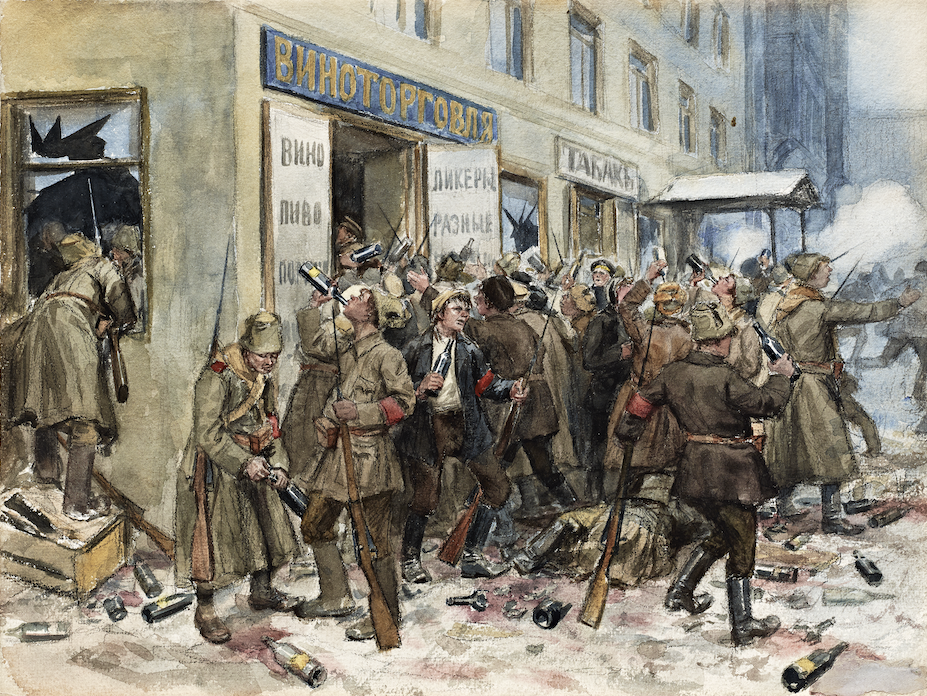У Андрея Плахова, нашего первого кинокритика, очень широкий круг интересов. Не только собственно кино – да оно и понятно: кино связано со многим, культурой, историей, живописью и прочим. В конце года написал о книге года и Плахов - той, что произвела на него наибольшее впечатление. Книга эта не о кино.
Андрей Плахов
Из многих других замечательных книг, вышедших в этом году, назову эту – еще и потому, что она, изданная в Лондоне, заслуживает большей известности в России. Это - объемный альбом «Окаянные годы. Революция в России глазами художника Ивана Владимирова». И само имя не на слуху, хотя работы этого художника-баталиста выставлялись в СССР, а некоторые (например, «Долой Орла!») вошли в арсенал революционной пропаганды.
Даже не фиксируя имени автора, люди подсознательно впитали его живописные иллюстрации как «живые картинки» Первой мировой войны, революции и войны гражданской.
Владимиров пережил и Вторую мировую, оставался во время блокады в Ленинграде (сделав много зарисовок с натуры), там же и скончался в 1947-м. Из статьи в Википедии можно узнать о том, как, отстаивая свой реалистический метод, Владимиров разыграл «декадентов-мирискусников» во главе с Бенуа. Как позднее он рисовал Ленина и Сталина, ликвидацию врангелевского флота, въезд советских войск в Выборг в 1940-м...В общем, вполне себе благополучный официозный совхудожник, ни разу не подвергшийся репрессиям. Но вот чего не узнаешь: у художника была тайная жизнь. Значительную часть своих работ периода большой русской Смуты (1917 – 1925 годы) Владимиров через посредников вывез на Запад, многие оказались в Гуверовском архиве.

Они и составили основу книги, которая производит ошеломляющее впечатление. Перечислим только некоторые сюжеты: «Арест интеллигентов и конвоирование на Гороховую, 2», «Разгром барской усадьбы осенью 1919 года», «Разграбление винной лавки революционными рабочими и солдатами в Петрограде», «Принудительные работы для богатых купцов, дворян и преступников», «Умерший от голода человек – добыча для голодных собак», «Врагов народ – к суду…». Рядом приведены фотографии и цитаты из тех, кто жил в эту эпоху, кто ее делал и кто от нее страдал. Владимиров соединял моментальную точность фотографии и сжатую энергию карикатуры, своего рода комикса. Галерея его образов фантастична, а доставленные им потомкам свидетельства бесценны. Изданию этого альбома мы обязаны Андрею Ружникову, коллекционеру и арт-дилеру.






